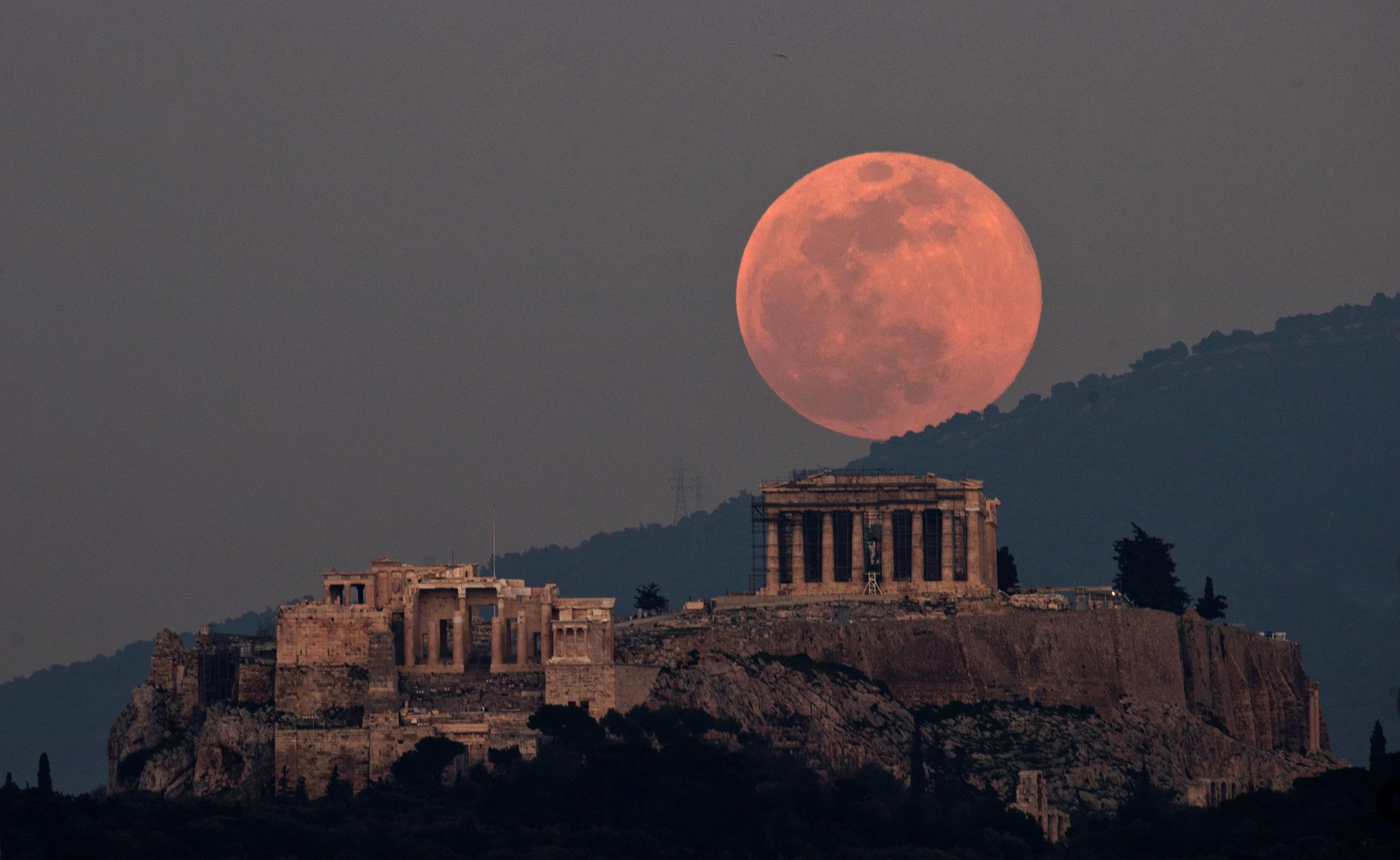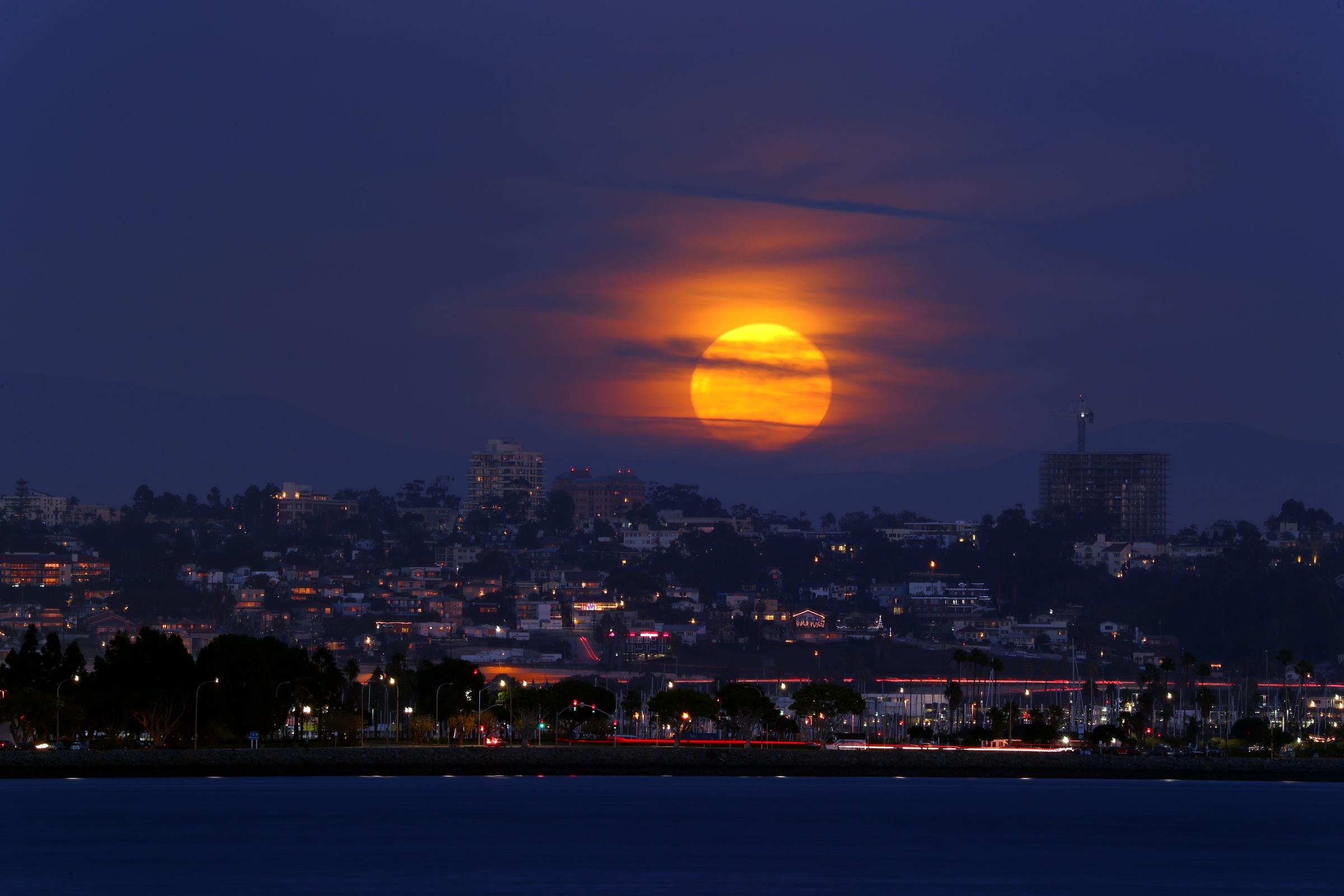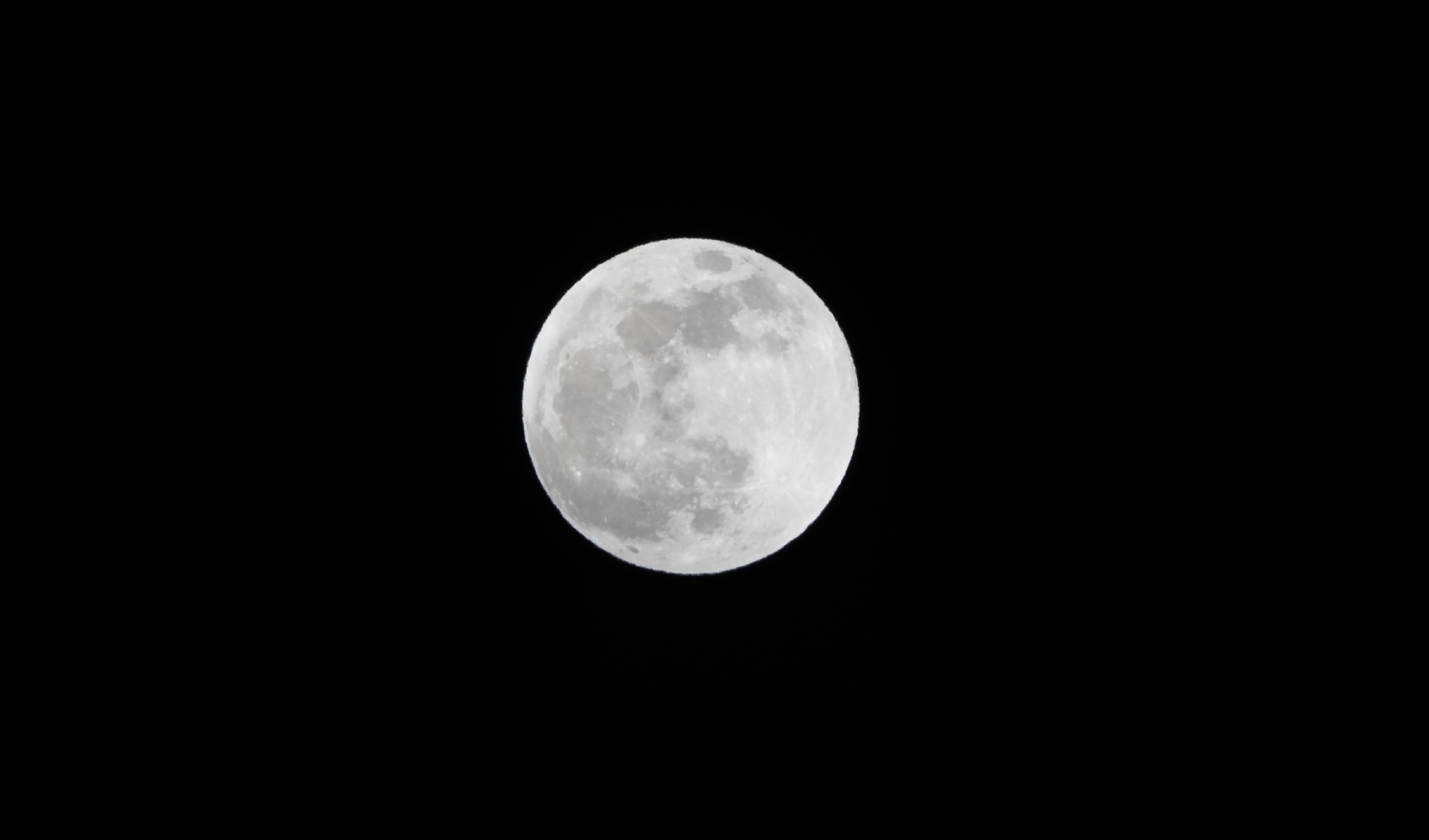Another month, another “supermoon”. Tonight, the “super worm moon”—the third supermoon of 2019 to be exact— will light up the sky in all its slightly-larger-than-usual glory. What makes this full moon extra special is that it is coinciding with the Spring Equinox, or the first day of spring in the northern hemisphere, a rare astronomical coincidence.
For those who are exhausted by all the recent supermoons, the “super worm moon” will be the last supermoon of the year. However, for those who couldn’t get enough of February’s “super snow moon” or January’s “super blood wolf moon” eclipse, the “super worm moon” will be the last opportunity for a while to see a supermoon.
Here’s what you need to know about March 2019’s “super worm moon,” and the best time to see it.
What is a super worm moon?
A supermoon — which typically happens two to three times per year — is a full moon that occurs at the moon’s perigee, the point in the moon’s orbit when it is closest to the earth, making it appear bigger and brighter in the sky. Because the moon’s orbit is shaped more like an egg, as opposed to a perfect circle. (Conversely, the apogee is the point when the moon is farthest from earth.)
However, it is relatively rare for a supermoon to coincide with the Spring Equinox. The last time the cosmic alignment happened was in 2000, and it won’t occur again until 2038.
Why is it called a super worm moon?
The “worm moon” is the third moon of the year, and comes from historic Native American naming conventions for full moons. According to the Farmer’s Almanac, the March full moon is called the “worm moon” because it is around this time of year that the ground softens and worms begin to appear in the soil again, marking the beginning of Spring. The March full moon is also sometimes referred to as the “sap moon” as it marks the time of year when sugar maples begin to release their sap.
When can people see the super worm moon?
The moon will technically reach peak fullness at 9:42 p.m. EST on March 20, approximately four hours after the vernal equinox at 5:42 p.m. EST, according to timeanddate.com. Moonrise will happen soon after, but will vary depending on your location. For cities in the continental U.S., moonrise will occur sometime between 6:30 and 7:30 p.m. local time. To check the exact time for where you live, go here. For those trying to get a good photo of the “super worm moon,” the best strategy is to aim for a time near moonrise, as the moon appears larger the closer it is to the horizon, due to an optical illusion.
What will the super worm moon look like?
While the “super worm moon” won’t be as big and bright as last month’s “super snow moon,” it will still be quite the photogenic spectacle. Past supermoons have been the subject of interesting photos from around the world.



If you can’t make it outside, or have the misfortune of a cloudy sky, you can watch the livestream of the “super worm moon” from the Virtual Telescope Project below:
When’s the next big full moon?
The “super worm moon” is the last supermoon of 2019. The next supermoons are set to light up the skies on March 9 and April 8, 2020.
More Must-Reads from TIME
- Where Trump 2.0 Will Differ From 1.0
- How Elon Musk Became a Kingmaker
- The Power—And Limits—of Peer Support
- The 100 Must-Read Books of 2024
- Column: If Optimism Feels Ridiculous Now, Try Hope
- The Future of Climate Action Is Trade Policy
- FX’s Say Nothing Is the Must-Watch Political Thriller of 2024
- Merle Bombardieri Is Helping People Make the Baby Decision
Write to Wilder Davies at [email protected]